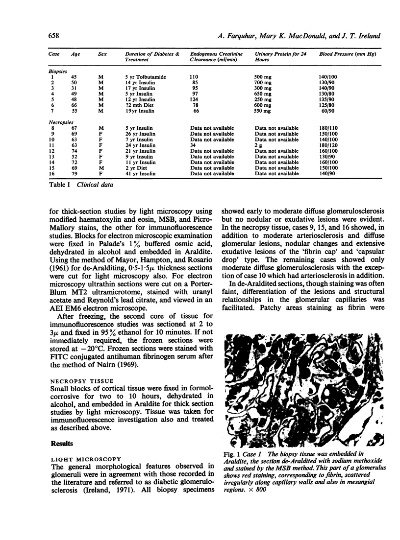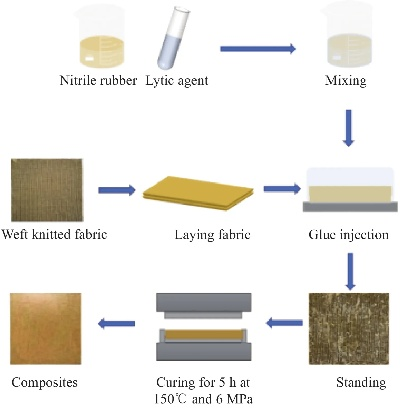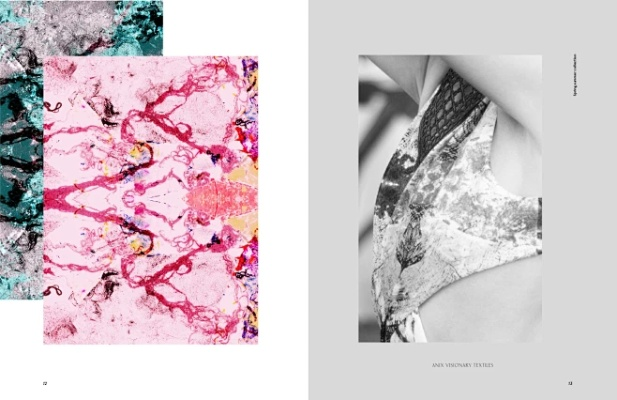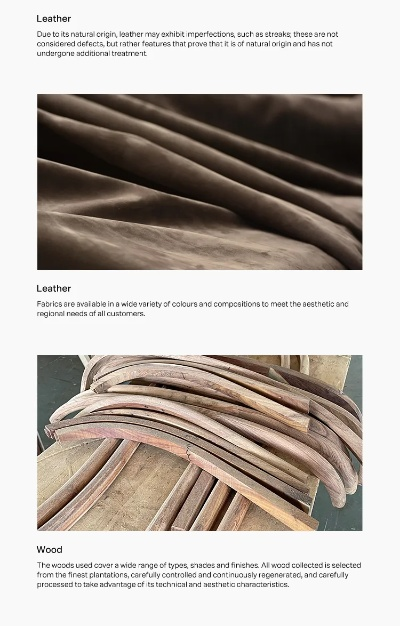The Role of Textile Disinfection in Preventing Infections
Textiles, being the most intimate and frequently touched items in everyday life, are often exposed to various microorganisms that can cause infections. Therefore, textile disinfection has become a crucial aspect of hygiene and health protection. The use of effective textile disinfectants can kill or inhibit the growth of microorganisms on textiles, reducing the risk of infection. In addition, proper textile disinfection can also extend the lifespan of textiles, prolonging their usefulness. ,However, it is important to note that not all textiles require disinfection, as some materials may be naturally resistant to microorganisms. Additionally, the effectiveness of textile disinfectants can vary depending on factors such as fabric type, color, and exposure conditions. Therefore, it is essential for individuals to select appropriate textile disinfectants and follow proper usage instructions to ensure effective protection against microbial infections.
Introduction: The world is facing an increasing threat of infections, particularly in healthcare settings and public spaces. One effective solution to prevent infections is through the use of textile disinfection. This method involves the application of chemicals or materials on fabric surfaces that kill or inhibit bacteria, viruses, and fungi, thereby reducing the risk of cross-contamination. In this article, we will explore the importance of textile disinfection and how it can be employed in a variety of settings. We will also discuss some case studies that demonstrate the effectiveness of textile disinfection in controlling infections.
Textile Disinfection Methods: There are several methods used for textile disinfection, including:

- Chemical treatments: These involve the use of chemicals like quaternary ammonium compounds or glutaraldehyde to kill or inhibit microorganisms on fabric surfaces.
- Non-chemical treatments: These involve the use of physical methods like ultraviolet (UV) light, ozone, and heat to kill or inactivate microorganisms on fabric surfaces.
- Combination treatments: These involve the use of both chemical and non-chemical methods to achieve better results.
Benefits of Textile Disinfection:
- Improved hygiene: Textile disinfection reduces the risk of cross-contamination by preventing the spread of bacteria, viruses, and fungi from one fabric surface to another.
- Reduced infection rates: By eliminating potential sources of infection, textile disinfection can significantly reduce the incidence of hospital-acquired infections (HAIs).
- Enhanced patient safety: HAIs can have serious consequences for patients, including increased mortality and morbidity. By minimizing the risk of infection, textile disinfection can help ensure patient safety and improve overall outcomes.
Applications of Textile Disinfection: Textile disinfection has numerous applications across various sectors, including:
- Healthcare facilities: Medical equipment, surgical instruments, and patient care products can be disinfected using textile treatments to prevent infections during surgery or in the recovery room.
- Public spaces: Textile disinfection can reduce the risk of infection transmission in shopping malls, airports, and other public areas where people come into contact with shared surfaces.
- Hospitals: Patient rooms, corridors, and elevators can be disinfected using textile treatments to minimize the risk of infection transmission.
- Educational institutions: Textile disinfection can help maintain cleanliness in classrooms, labs, and other educational settings where students and staff come into close contact with shared surfaces.
- Military installations: Textile disinfection can reduce the risk of infection transmission in military installations, which may involve exposure to hazardous environments and equipment.
Case Studies:
- Sterile Supplies in Healthcare Facilities: A study conducted at a major medical center found that implementing a textile treatment program led to a reduction in the number of infections caused by contaminated surgical equipment and patient care products. Patients were more likely to receive timely and appropriate treatment after the implementation of this program.
- Disinfection of Public Transport Equipment: A study carried out on a subway system found that applying textile disinfection regularly resulted in a significant reduction in the number of bacterial colonies on the train seats and door handles. This improvement in cleanliness helped to prevent outbreaks of norovirus and other infectious diseases.
- Textile Disinfection in Educational Institutions: A school district implemented a textile treatment program to clean classroom surfaces and desks. The program was found to significantly reduce the occurrence of respiratory illnesses among students and staff.
Conclusion: Textile disinfection is an essential tool for maintaining hygiene and preventing infections. With its ability to eliminate microorganisms on fabric surfaces, textile disinfection can help protect individuals from disease and promote a safer environment. As we continue to grapple with the challenges of infectious disease, the role of textile disinfection will only become more critical. By incorporating this technology into healthcare, public safety, education, and other sectors, we can work towards a world where infections are minimized and our communities thrive.
纺织品抑菌环简介

纺织品抑菌环是一种新型的抑菌材料,主要用于家居、医疗和个人护理等领域,它具有抗菌、防霉、防臭等功效,可以有效抑制细菌滋生,保护个人健康,在纺织品抑菌环的研发过程中,我们采用了多种高科技材料和技术手段,确保其具有出色的抑菌效果和舒适性。
抑菌环的主要特点
- 高科技材料:抑菌环采用环保、无毒、无味的高科技材料制成,对人体无任何不良影响。
- 抗菌性能:抑菌环能够有效抑制多种细菌的生长繁殖,具有出色的抗菌效果。
- 防霉性能:抑菌环能够有效防止霉菌的生长和繁殖,保持衣物干燥、清洁。
- 舒适性:抑菌环具有良好的透气性和吸湿性,穿着舒适,不会引起皮肤过敏或不适。
抑菌环的应用领域
- 家居用品:抑菌环可用于床单、毛巾、衣物等家居用品的抗菌处理,提高家居环境的卫生和健康水平。
- 医疗领域:抑菌环可用于医疗器械的消毒处理,如手术衣、口罩等,确保医疗用品的卫生和安全。
- 个人护理:抑菌环可用于个人卫生用品的抗菌处理,如卫生巾、内裤等,提高个人卫生水平。
案例分析
某品牌纺织品抑菌环的使用效果
某品牌推出的纺织品抑菌环在市场上受到了广泛关注,该产品采用了高科技材料和技术手段,具有出色的抗菌性能和防霉性能,经过一段时间的使用,该产品的抑菌效果得到了消费者的认可,同时其舒适性和透气性也得到了用户的喜爱。

抑菌环的实际应用案例
某医院在使用抑菌环进行医疗器械的消毒处理时,取得了显著的效果,该医院采用了抑菌环对手术衣、口罩等医疗器械进行消毒处理,有效防止了细菌滋生和传播,保障了医疗用品的卫生和安全,该医院还提供了专业的售后服务和技术支持,确保了抑菌环的使用效果和安全性。
抑菌环的研发过程与技术创新
- 材料研发:我们采用了多种高科技材料和技术手段,如纳米技术、生物酶技术等,确保抑菌环具有出色的抗菌性能和防霉性能,我们还注重材料的环保性和无毒性,确保其对人体无任何不良影响。
- 技术创新:在抑菌环的生产过程中,我们不断进行技术创新和改进,提高了产品的质量和性能,我们采用了先进的生产工艺和设备,提高了产品的生产效率和稳定性,我们还加强了产品的质量控制和检测,确保产品的质量和安全性。
纺织品抑菌环作为一种新型的抑菌材料,具有出色的抗菌、防霉、防臭等功效,可以有效抑制细菌滋生,保护个人健康,在未来的发展中,我们相信纺织品抑菌环将会得到更广泛的应用和推广,为人们的健康和生活带来更多的便利和舒适。
Articles related to the knowledge points of this article:
The Transformative Power of Advanced Textile Materials
The Fabric of Life:Unveiling the World of Embroidery
The Journey of Hainingge Petrochemical Textiles
Mastering Photoshop for Editing Textiles A Comprehensive Guide



